User Protection
Posted: March 19, 2010
Threat Metric
The following fields listed on the Threat Meter containing a specific value, are explained in detail below:
Threat Level: The threat level scale goes from 1 to 10 where 10 is the highest level of severity and 1 is the lowest level of severity. Each specific level is relative to the threat's consistent assessed behaviors collected from SpyHunter's risk assessment model.
Detection Count: The collective number of confirmed and suspected cases of a particular malware threat. The detection count is calculated from infected PCs retrieved from diagnostic and scan log reports generated by SpyHunter.
Volume Count: Similar to the detection count, the Volume Count is specifically based on the number of confirmed and suspected threats infecting systems on a daily basis. High volume counts usually represent a popular threat but may or may not have infected a large number of systems. High detection count threats could lay dormant and have a low volume count. Criteria for Volume Count is relative to a daily detection count.
Trend Path: The Trend Path, utilizing an up arrow, down arrow or equal symbol, represents the level of recent movement of a particular threat. Up arrows represent an increase, down arrows represent a decline and the equal symbol represent no change to a threat's recent movement.
% Impact (Last 7 Days): This demonstrates a 7-day period change in the frequency of a malware threat infecting PCs. The percentage impact correlates directly to the current Trend Path to determine a rise or decline in the percentage.
| Threat Level: | 10/10 |
|---|---|
| Infected PCs: | 35 |
| First Seen: | March 19, 2010 |
|---|---|
| Last Seen: | April 15, 2020 |
| OS(es) Affected: | Windows |
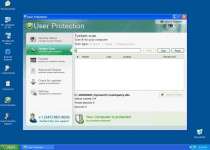 User Protection is a rogue antivirus program related to Dr. Guard and Paladin Antivirus.
User Protection is a rogue antivirus program related to Dr. Guard and Paladin Antivirus.
User Protection runs a fake system scan and then reports false threats on your computer. You will then be bombarded by fake warnings claiming the computer is infected with malware. Do not fall for this blatant scam designed to get hapless computer users to purchase a copy of User Protection. Remove all threats associated to this rogue before it wreaks havoc on your system.
Technical Details
File System Modifications
Tutorials: If you wish to learn how to remove malware components manually, you can read the tutorials on how to find malware, kill unwanted processes, remove malicious DLLs and delete other harmful files. Always be sure to back up your PC before making any changes.
The following files were created in the system:usrext.dll
File name: usrext.dllSize: 40.96 KB (40960 bytes)
MD5: fe9bc465085d59f155decb2679fd26d4
Detection count: 39
File type: Dynamic link library
Mime Type: unknown/dll
Group: Malware file
Last Updated: March 19, 2010
usrprot.exe
File name: usrprot.exeSize: 2.35 MB (2355200 bytes)
MD5: e94131ff9f26d3b47145d0443b7c9de8
Detection count: 38
File type: Executable File
Mime Type: unknown/exe
Group: Malware file
Last Updated: March 19, 2010
usrhook.dll
File name: usrhook.dllSize: 22.01 KB (22016 bytes)
MD5: e94e68ce6cfb07809bae5a2133980cc3
Detection count: 36
File type: Dynamic link library
Mime Type: unknown/dll
Group: Malware file
Last Updated: April 15, 2020
installerUP[1].exe
File name: installerUP[1].exeSize: 181.76 KB (181760 bytes)
MD5: 7dbcb95d5d665f3775659e764bb483c9
Detection count: 5
File type: Executable File
Mime Type: unknown/exe
Group: Malware file
Last Updated: April 15, 2020
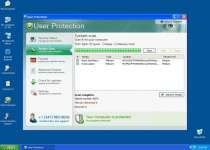
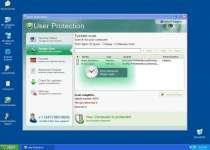
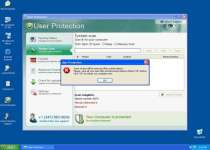
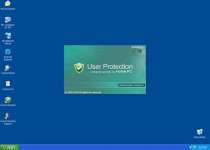
one thing I did discover - make sure that User Protection (also titled Your Protection as I have discoveredsee if it is there in your windows startup and if it is uncheck in your windows startup (Run - MSCONFIG - startup). Also it is easier to go into DOS which I found was the best way to delete the program files - - had to do all of this in safe mode